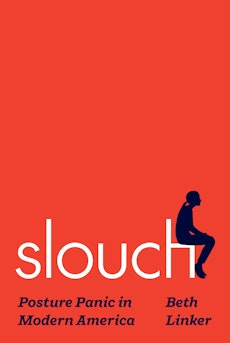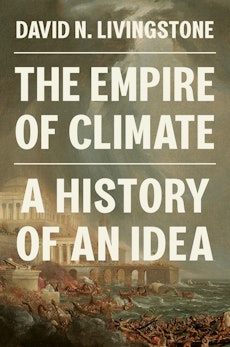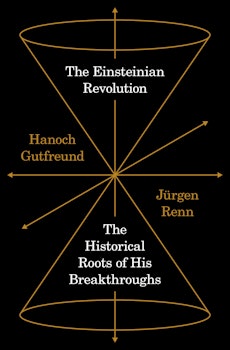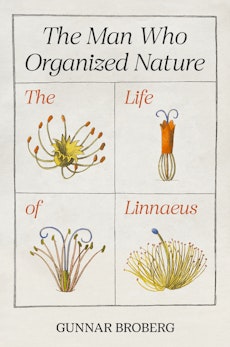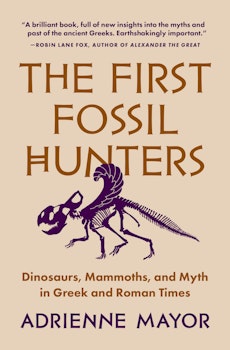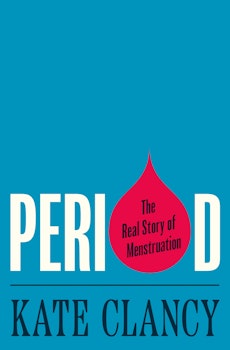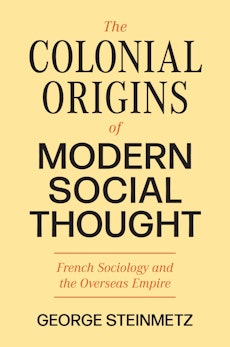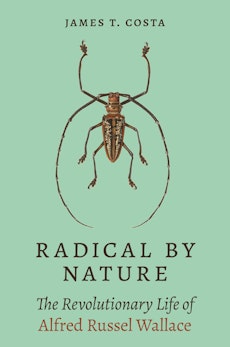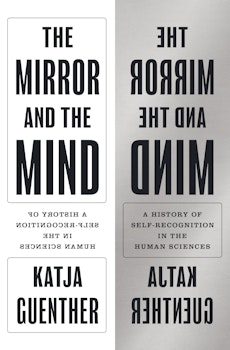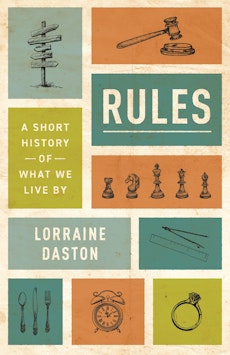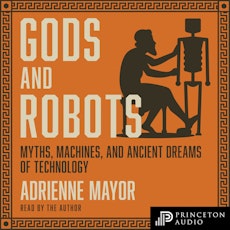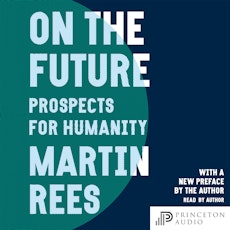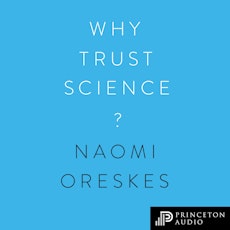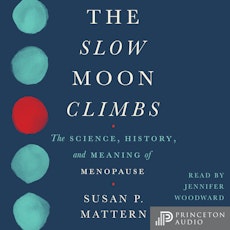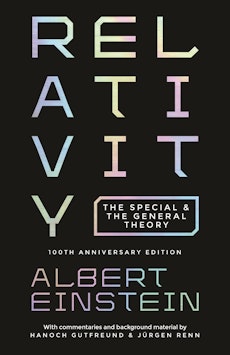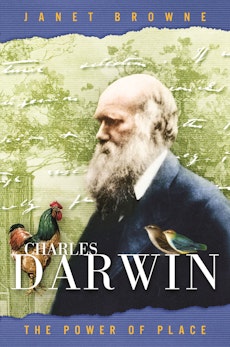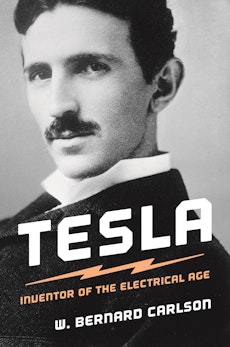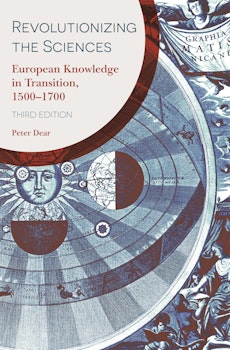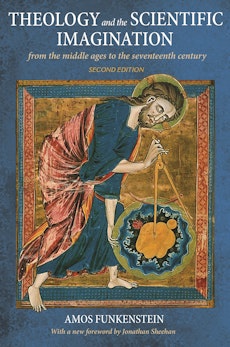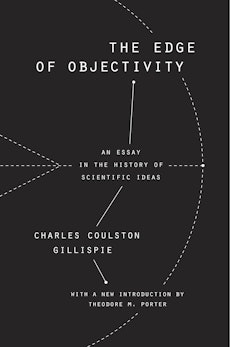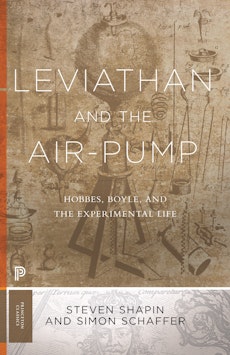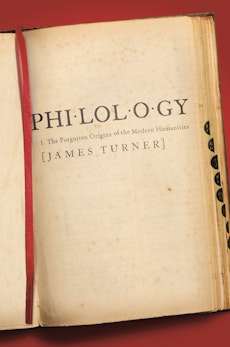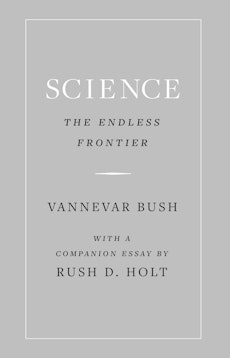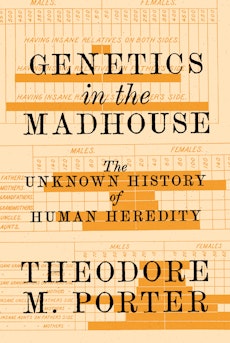History of Science & Knowledge
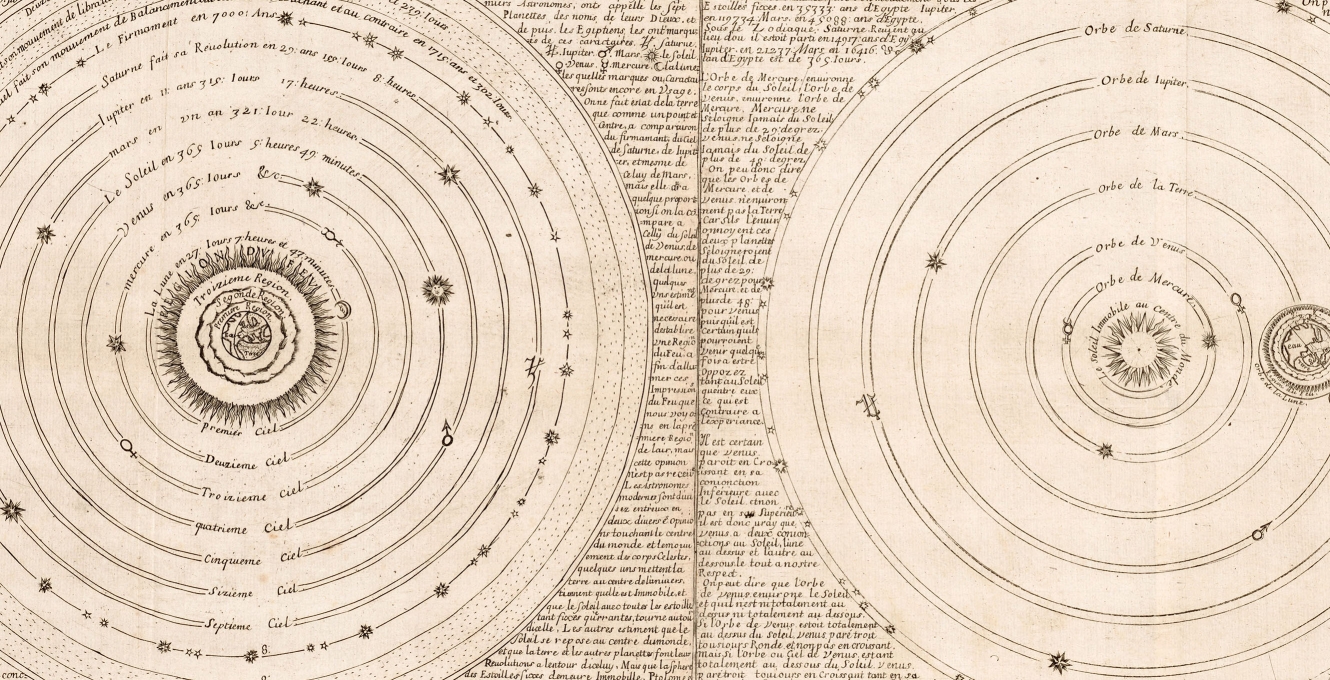
-
Eric Crahan
Editorial Director, Humanities & Social Sciences
As the publisher of Albert Einstein, Princeton University Press has a longstanding tradition and commitment to the history of science, publishing books in the history of knowledge and science in the broadest sense. Our list encompasses the history of the natural and physical sciences, from antiquity
to the present, while also incorporating histories of the humanities and the social sciences, of academic disciplines, and of the book. Throughout, we strive to be global and diverse in period, topic, and methodology.
New & Noteworthy
Featured Audiobooks
Ideas
-
Slouch: Posture Panic in Modern America
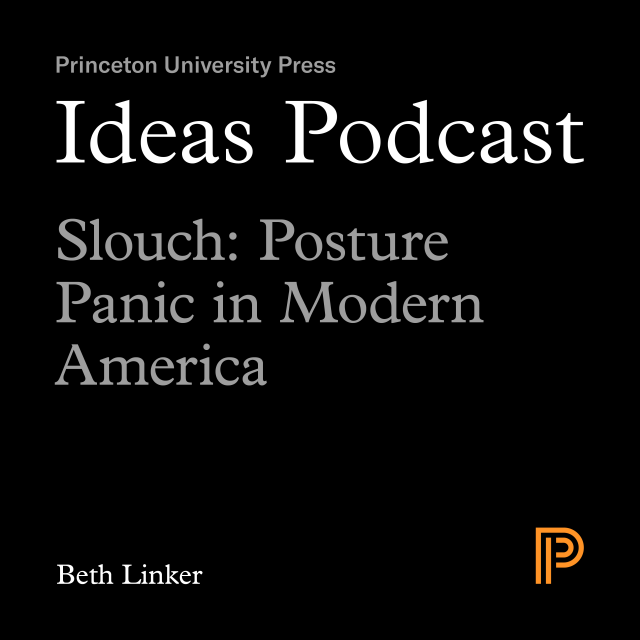
A compelling history that mixes seriousness and humor, Slouch is a unique and provocative account of the unexpected origins of our largely unquestioned ideas about bad posture.
-
David N. Livingstone on The Empire of Climate
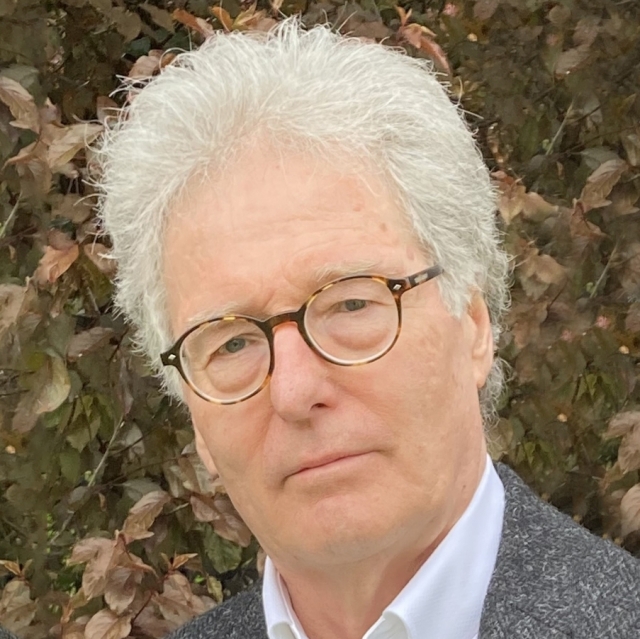
Scientists, journalists, and politicians increasingly tell us that human impacts on climate constitute the single greatest threat facing our planet and may even bring about the extinction of our species.
-
The power of creating archival silences
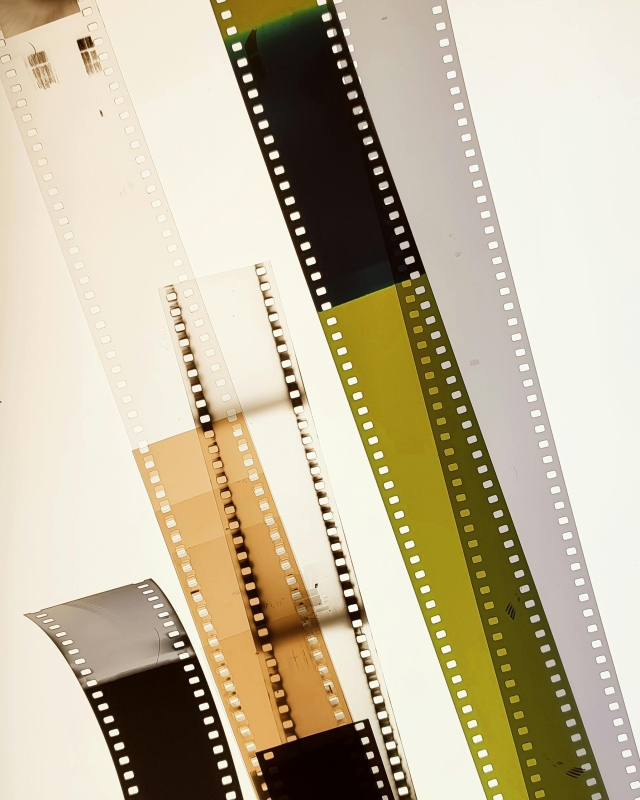
We know, scientifically speaking, far less about the effects of poor posture on health then we think we do.
-
What can we learn from Einstein today?
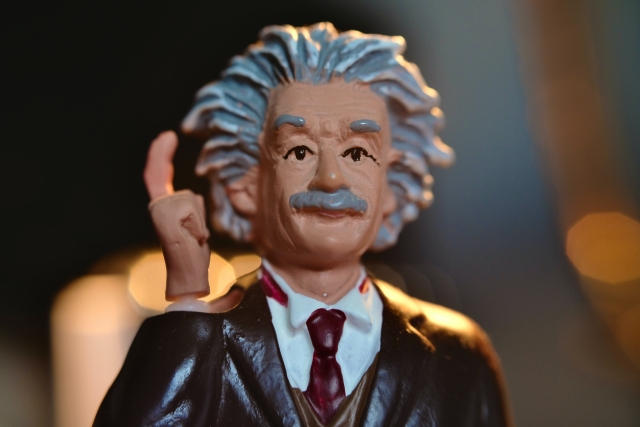
Einstein has left his mark not only on physics of the twentieth century but also on the public image of science and scientists and on the cultural and political history of the twentieth century, far beyond his area of expertise.
-
The guardian tree: The birthplace of Carl Linnaeus
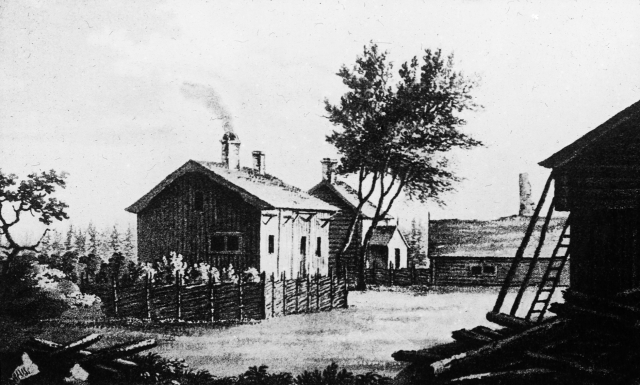
In ancient times, Nordic people believed that the World Tree was an ash and the protective guardian tree a linden—a Tilia. The biography of Linnaeus should surely begin with a linden.
